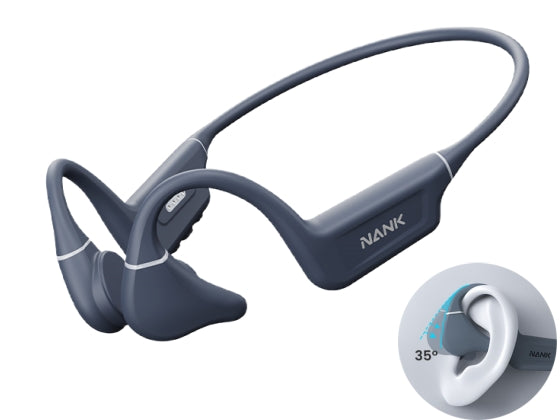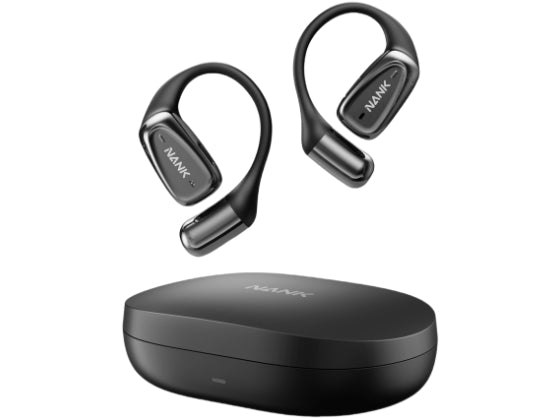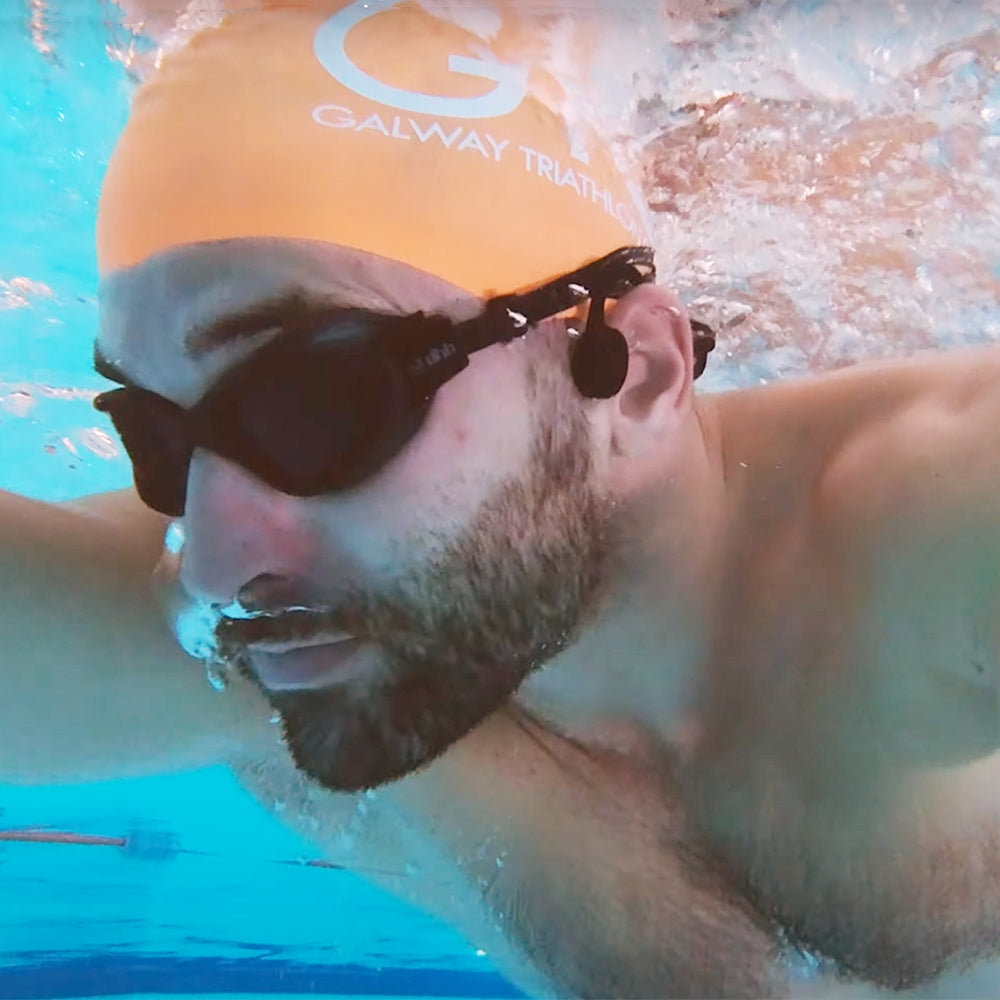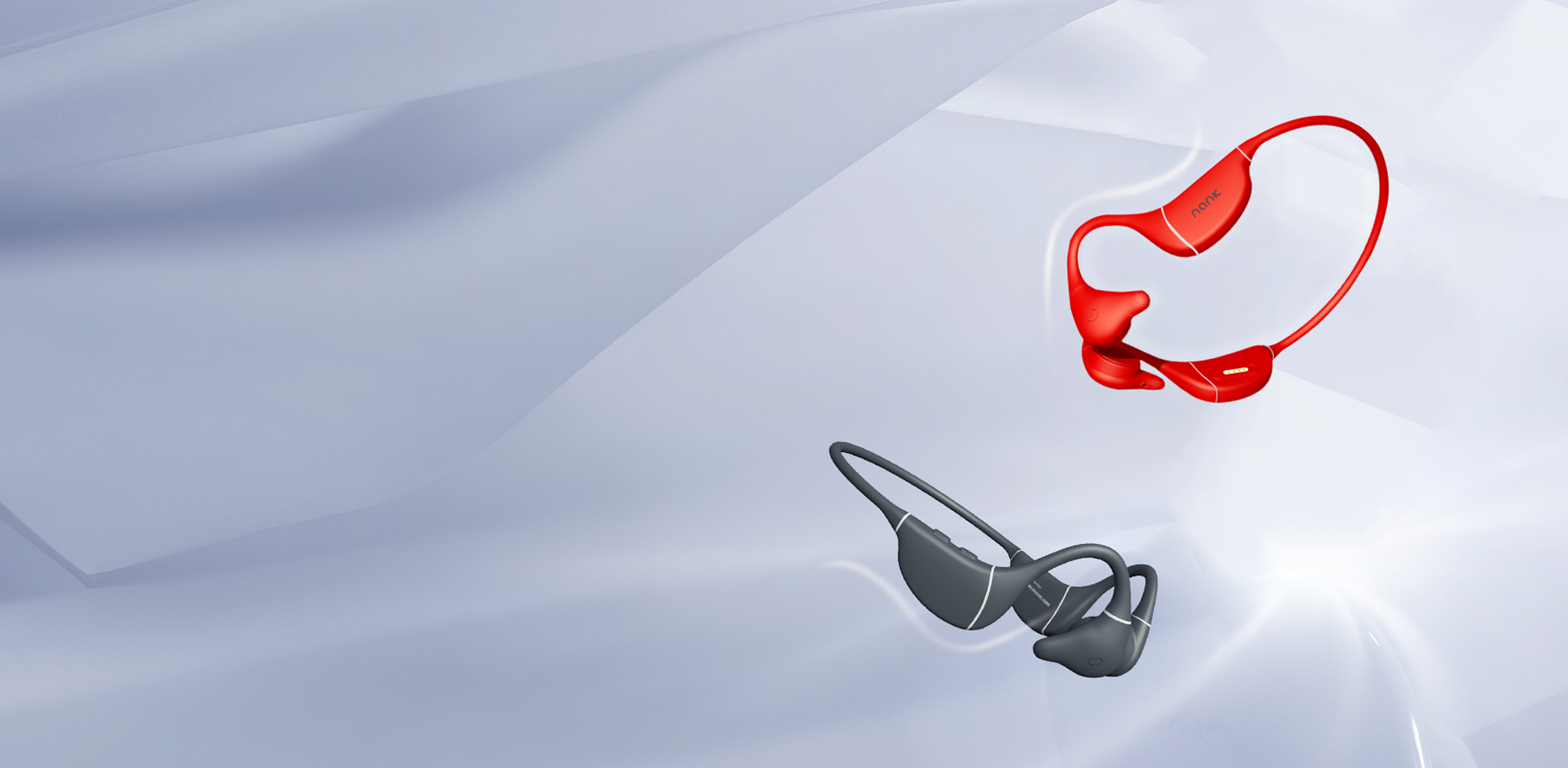As the days get shorter and the clocks go “backwards,” many of us find ourselves adjusting to the end of Daylight Saving Time (DST). While this shift brings an extra hour of sleep, it also has some unintended consequences, especially for our workout habits. With the loss of daylight at night, staying motivated to workout becomes more difficult, and our sleep patterns and energy levels may be disrupted. But fear not - while the end of Daylight Saving Time does present some challenges, there are practical steps we can take to adjust our workout programs and maintain our fitness goals. Here's what we'll explore. How the end of Daylight Saving Time will affect your workouts and how we can adapt to these changes.
1. Challenges posed by the shorter working day: impact on motivation to exercise

One of the most immediate effects of the end of Daylight Saving Time is the change in daylight hours. As the clocks turn back, we lose extra evening sunlight, which can make outdoor exercise less appealing. For those who rely on after-work runs, evening bike rides, or outdoor exercise, the reduction in daylight hours can have a significant impact on our motivation.
Without the evening sunlight, it's easy to give up on exercising, especially when it's cold, dark and gloomy outside. The psychological impact of reduced daylight should not be underestimated. Studies have shown that natural light can increase serotonin levels, a hormone that plays a key role in mood regulation. When daylight hours are reduced, many people will feel lazier, more tired, and even a little depressed. This can make it harder for them to stay motivated and stick to regular exercise.
However, the good news is that by adjusting your mindset and exercise strategy, you can resist the temptation to hibernate. While it's tempting to cut back on outdoor workouts, the key is to maintain a consistent workout routine - whether it's moving your workouts indoors or shifting them to different times of the day.
2. Adjusting to jet lag: readjusting your workout program
The end of Daylight Saving Time usually means more than just the disappearance of daylight; it disrupts our biological clocks. Our bodies have become accustomed to the rhythm of day and night, and when that rhythm changes, it affects our sleep, energy, and overall workout performance.

Early risers: embrace the morning light
For those who prefer to work out in the early morning, the end of Daylight Saving Time may actually be a blessing in disguise. As the clocks turn back, there is more daylight in the morning. We can put on our runner diver2 pro for a morning run, which is a great time to get into the habit of early morning workouts. Now that you can wake up to the rising sun, it's easier to get out of bed and start the day with plenty of energy.
By combining your morning run with the runner diver2 pro, you'll not only make the most of the natural light, but you'll also have a more productive day. Studies have shown that people who work out in the morning tend to stick to their exercise routine more, which is key to achieving long-term fitness goals. As an added bonus, working out in the morning helps reset your circadian rhythm, which improves nighttime sleep - an important factor in regaining your strength.
Evening workouts: find new strategies to stay energized
If you're not an early riser, losing daylight in the evening can seem like an insurmountable obstacle. When it gets dark early, it's easy to get into the habit of not exercising after a long day. However, you can still make the most of your evenings by adjusting your routine and using your time wisely.
One option is to reschedule your workout for the early evening, before it gets completely dark. You may need to tweak your schedule a little, but a quick 30-45 minute workout before sunset can help you keep your workouts consistent. You may also want to consider shifting some of your outdoor workouts to indoor activities-whether it's going to the gym for strength training, doing yoga at home, or taking an indoor cycling class.
If you do enjoy outdoor nighttime workouts, such as running or biking at night, pair yourself with a Nank bone-conduction headset; these are especially useful. Unlike traditional headphones that block out ambient sound, they allow you to hear your surroundings as you listen to your playlist, thus increasing the safety of your nighttime workouts.
The key is to plan ahead. Set a specific time each day for your workout and think of it as an appointment you can't miss. A regular workout time will make it easier to stick to your workout, even if it's getting dark.
3. Sleep and Recovery: the Impact of Time Changes on Rest

The time change at the end of Daylight Saving Time can not only affect your workouts, but also disrupt your sleep cycle. Our bodies rely on consistent sleep patterns, and time changes may temporarily disrupt our sleep. This can affect the quality of your rest and your ability to recover from a workout.
To ensure that your sleep isn't disrupted by time changes, there are some simple strategies you can take. First, try gradually adjusting your sleep schedule in the days leading up to the end of Daylight Saving Time. Ease the transition by going to bed earlier and getting up 15-20 minutes earlier each day. Developing a relaxing bedtime routine, such as listening to some soothing music on the runner diver2 pro or doing some light stretching, will also help signal your body that it's time to rest.
Good sleep hygiene is essential for recovery, and the end of daylight savings time is a good time to reassess your habits. Make sure your bedroom is cool, dark and quiet, and avoid screens for at least an hour before bedtime. The better you sleep, the more energized you'll feel during your workouts.
4. Seasonal Affective Disorder (SAD) and motivation: Be on the lookout for the winter blues

For some people, the end of Daylight Saving Time coincides with the beginning of the cold, dark months, which can trigger symptoms of Seasonal Affective Disorder (SAD). This type of depression is associated with a lack of sunlight during the fall and winter months, which may negatively impact motivation to exercise.
If you are the type of person who struggles with seasonal mood changes, then try putting on your runner diver2 pro and getting some outdoor exercise, as physical activity stimulates the release of endorphins, which can improve your mood and combat the effects of SAD. Even a short walk during the day can help boost your energy and mood. If you can't get outside, consider using a light therapy box, which mimics sunlight and has been shown to help alleviate the symptoms of SAD.
Staying active is key to beating the winter blues. If you find it hard to stay motivated, try signing up for classes or exercising with a friend to hold yourself accountable.
Conclusion
While the end of Daylight Saving Time presents some challenges to our fitness habits, it also provides an opportunity to adjust and grow. By adjusting your workout schedule, preparing for the change in daylight, and prioritizing sleep and recovery, you can continue to make progress toward your fitness goals. With the right mindset and strategies, you can stay motivated and stay active no matter how much daylight we lose.








